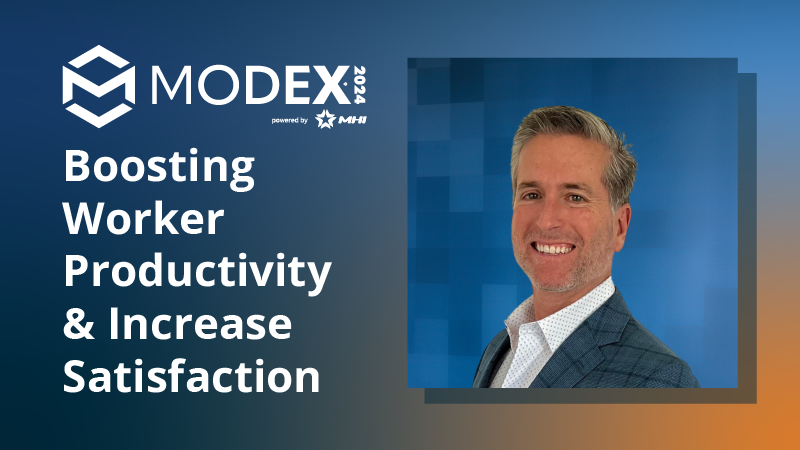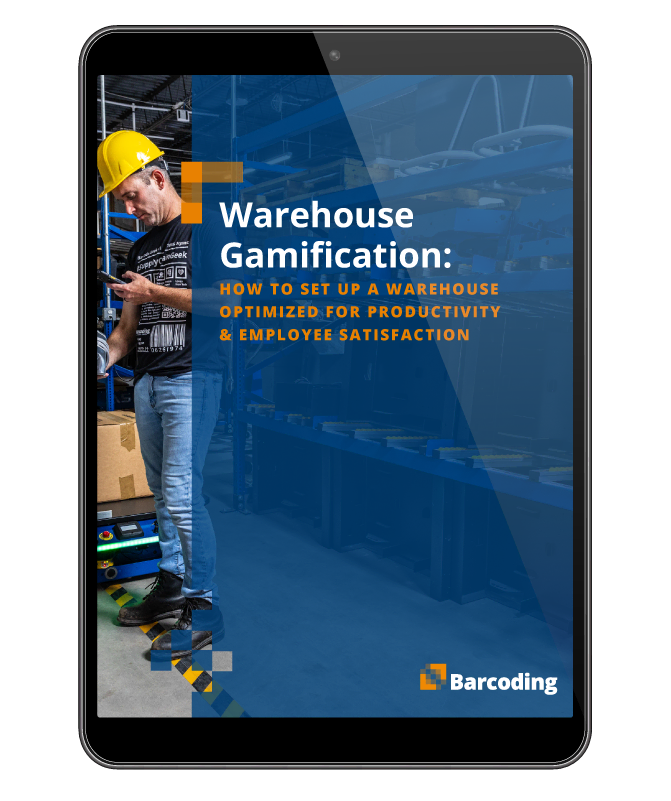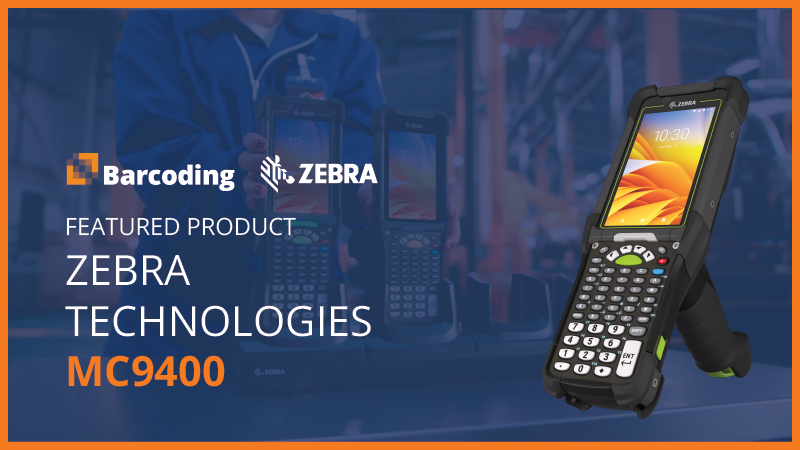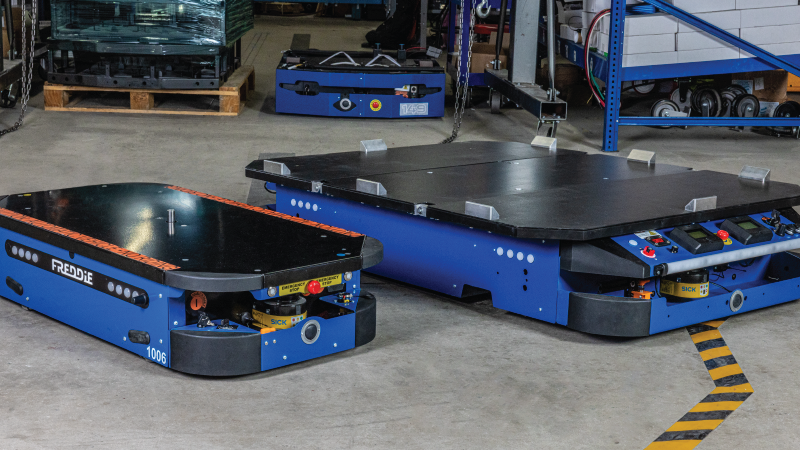The U.S. is undergoing a rapid transformation driven by more than technological advances.
For our team of technology integrators at Barcoding, Inc., digital transformation is at the center. But we also understand that the transformation of retail, warehouses, and distribution centers is driven by more than just tech advances. Demographics tell a story, too.
We’re approaching “Peak 65” in 2024, with 11,000 baby boomers retiring on a daily basis. Since 2018, more than half of Americans are millennials or younger, and they’re an increasing proportion of the workforce every day. But what’s different about these younger workers?
Along with a general ease using smartphones, virtual reality, and other tech, younger generations have a big appetite for digital engagement. They’re spending a lot more time on immersive gaming and user-generated content experiences (especially short-form video). They look for experiences that blend collaboration, competition, and connection, even while getting things done — just ask the majority of gig workers who are earning their primary incomes in the gig economy.
It’s a generational shift that runs parallel to the digital transformation, where businesses are increasingly focused on advanced solutions to streamline work processes, reduce manual labor, improve accuracy, and enhance worker safety and well-being.
Where tech innovation meets a demographic shift, a workplace revolution is sure to follow. That’s where we focused for my session at MODEX 2024 (watch it here). We explored different ways employers can make their workplace and employee experience more appealing amid huge growth in ecommerce, massive shifts in warehouse labor demand, and changing employee expectations.

4 Ways to Welcome a New Generation of Warehouse Worker
For the rising generation of warehouse workers, expectations are high for onboarding and training. They want to get up to full productivity quickly, they prefer immediate feedback, and they appreciate a clear understanding of what constitutes “meeting expectations.”
Today’s workers have a strong desire for ongoing learning, upskilling, and a visible career path. They prefer experiential rewards and recognition when they succeed. And they look for flexible schedules to support greater work-life balance.
They’re also a lot more likely to have opinions about work technology, and whether it “makes sense” in its on-the-job use case. When a user interface isn’t intuitive, they’ll be the first to notice. So here are four ways your end user enablement tech choices can help improve your employees’ mobile user experience (UX):
1. Choose warehouse handheld devices in familiar form factors
Young warehouse workers aren’t seeking out the small screens, keypads, and two-pound form factors of years past. And who could blame them? A more ergonomic size, shape, and weight —something that looks like their personal smartphones—can help reduce fatigue, and the bigger screen size integrates optimally with modern, user-friendly WMS interfaces.
2. Offer choices where you can
It’s amazing what just a little bit of on-the-job autonomy can do to make work more fun and engaging. If you can offer a choice of form factors, great. But personalization options like dark mode or custom avatars can enhance workers’ sense of choice.
3. Make it easy to succeed
Today’s applications are designed with intuitive user interfaces (UI) that are easy to understand and navigate. Instead of wasting workers’ time on searching for form fields or buttons, you’re helping them optimize their time on the production floor without needing an extra layer of training.
4. Add a dash of fun
Even legacy systems can benefit from modernization to serve up a better end user experience with optimized designs and effects that make them a little more visually appealing and fun to use.
Level Up the Fun with Gamification
There’s almost no limit to options when it comes to a gamified end user experience. Gamification introduces elements of play, competition, and achievement into routine tasks, making work more engaging and enjoyable. And you don’t necessarily need to go all-in from day one with state-of-the-art sales enablement tools or purchase an all-new fleet of devices to add gamification elements and liven up the workday for your employees. (That said, hands-free technologies can make the gamified work experience even more immersive and engaging!)
You can use game principles to focus on rewarding specific employee behaviors and outcomes. Speed, efficiency, accuracy, and even individual improvement can all be included in the real-time feedback workers can receive and respond to.
The right mobile devices and/or end user enablement technologies can also facilitate employee onboarding, training, and upskilling—in fact, training modules can be virtually self-serve, making it faster and easier for new employees (and gig workers) to get up to speed and full productivity faster and more efficiently.
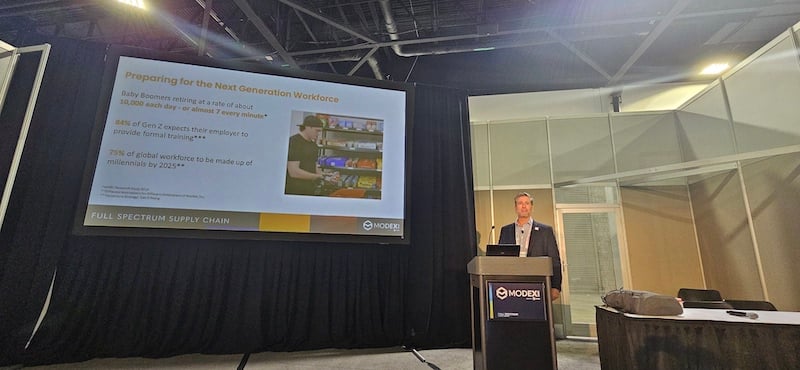
Facilitate More Than Fun
With a little imagination, it’s not hard to see the possibilities of this technological dream team:
- User-friendly mobile devices with intuitive interfaces
- End user enablement technologies
- Gamification for training and productivity
Faster onboarding, easier training and retraining, and motivational rewards all support worker productivity. It also supports a high level of standardization of work—so go ahead, let them pick their shifts and go after their individual definition of work-life balance.
And when employees know they have the tools they need to be successful at meeting job expectations, they’re more likely to stay on the job longer, helping your operations reduce churn and keep products moving. When gig workers know your devices and equipment make it possible to get up to speed and contribute on day one, your busy season might be a little less daunting.
At the crossroads of digital transformation and demographic shift, adapting and embracing the preferences of a new workforce is a strategic imperative. And when you integrate technology that resonates with digital natives, infuse elements of gamification into daily tasks, and nurture a culture of continuous learning, you can level up both productivity and worker satisfaction. Learn more and take your first step toward a more motivated and productive team with our free guide to gamification.


